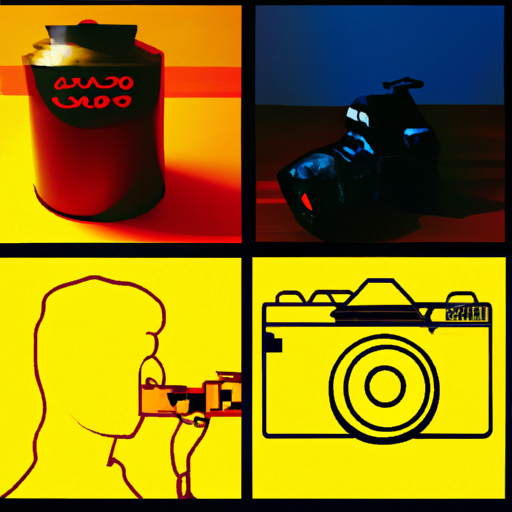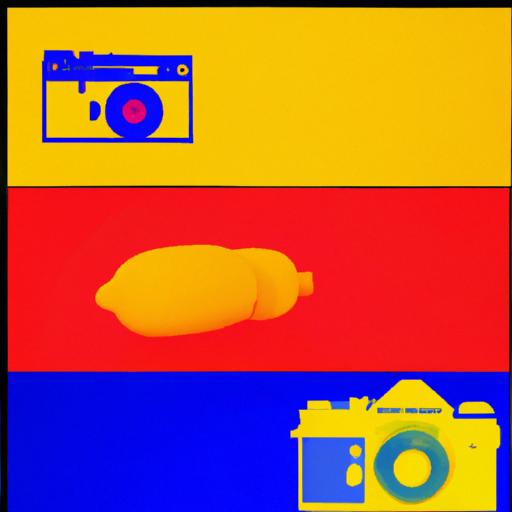
-
Table of Contents
Using Symbolism to Convey Deep Meanings in Design

Design is not just about aesthetics; it is a powerful tool for communication. When used effectively, design can convey deep meanings and evoke emotions in the viewer. One of the most effective techniques for achieving this is through the use of symbolism. Symbolism allows designers to communicate complex ideas and concepts in a visual and concise manner. In this article, we will explore the importance of symbolism in design and how it can be used to convey deep meanings.
The Power of Symbolism
Symbols have been used throughout history to represent ideas, beliefs, and emotions. They are a universal language that transcends cultural and linguistic barriers. Symbols have the ability to communicate complex concepts in a simple and intuitive way. In design, symbols can be used to convey deep meanings and create a connection with the viewer.
One of the reasons symbolism is so powerful is because it engages the viewer’s subconscious mind. Symbols tap into our collective unconscious, which is a reservoir of shared experiences and archetypal images. When we see a symbol, it triggers an emotional response and activates our imagination. This makes symbolism an effective tool for creating memorable and impactful designs.
Using Symbolism in Design
Symbolism can be used in various design elements, including logos, typography, colors, and imagery. Let’s explore how symbolism can be incorporated into these elements to convey deep meanings:
Logos
A logo is often the first point of contact between a brand and its audience. It is a visual representation of the brand’s identity and values. By using symbolism in a logo, designers can communicate the essence of a brand in a single image.
For example, the Nike logo, known as the “swoosh,” is a simple yet powerful symbol. It represents movement, speed, and athleticism. The swoosh is instantly recognizable and evokes a sense of energy and determination. Through this symbol, Nike conveys its brand values of performance and excellence.
Typography
Typography is not just about choosing the right font; it is also about using typography as a visual symbol. Different fonts have different personalities and can evoke different emotions. By carefully selecting fonts, designers can convey deep meanings and set the tone for the design.
For instance, a handwritten font can evoke a sense of authenticity and personal connection. It can be used to convey a brand’s values of craftsmanship and attention to detail. On the other hand, a bold and geometric font can convey a sense of modernity and innovation.
Colors
Colors have a profound impact on our emotions and can be used to convey deep meanings in design. Each color has its own symbolism and associations. By using colors strategically, designers can create a specific mood or evoke certain emotions in the viewer.
For example, the color red is often associated with passion, energy, and excitement. It can be used to create a sense of urgency or draw attention to a specific element in the design. On the other hand, blue is often associated with calmness, trust, and reliability. It can be used to create a sense of stability and professionalism.
Imagery
Imagery is another powerful tool for using symbolism in design. By carefully selecting and manipulating images, designers can convey deep meanings and tell a story.
For instance, a designer working on a poster for an environmental campaign may choose to use an image of a tree. The tree symbolizes nature, growth, and sustainability. By using this symbol, the designer can communicate the importance of protecting the environment and create an emotional connection with the viewer.
Case Studies
Let’s take a look at some real-world examples of how symbolism has been used to convey deep meanings in design:
Apple Logo
The Apple logo is one of the most recognizable symbols in the world. The bitten apple symbolizes knowledge, temptation, and the story of Adam and Eve. By using this symbol, Apple conveys its brand values of innovation, creativity, and the pursuit of knowledge.
Olympic Rings
The Olympic rings are a powerful symbol of unity, diversity, and global cooperation. Each ring represents a continent, and the colors represent the flags of all participating nations. Through this symbol, the Olympic Games convey their mission of bringing people together through sports.
Conclusion
Symbolism is a powerful tool for designers to convey deep meanings in their work. By using symbols in logos, typography, colors, and imagery, designers can create a connection with the viewer and evoke emotions. Symbols tap into our collective unconscious and trigger an emotional response. They are a universal language that transcends cultural and linguistic barriers. When used effectively, symbolism can make designs memorable, impactful, and meaningful.
Next time you embark on a design project, consider the power of symbolism and how it can be used to convey deep meanings. By incorporating symbolism into your designs, you can create a stronger connection with your audience and communicate complex ideas in a visual and concise manner.
